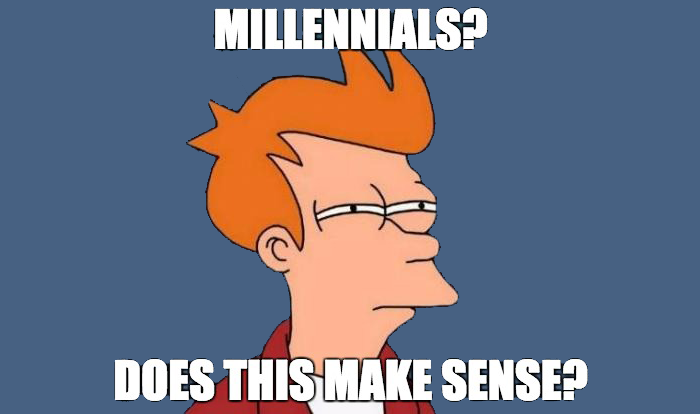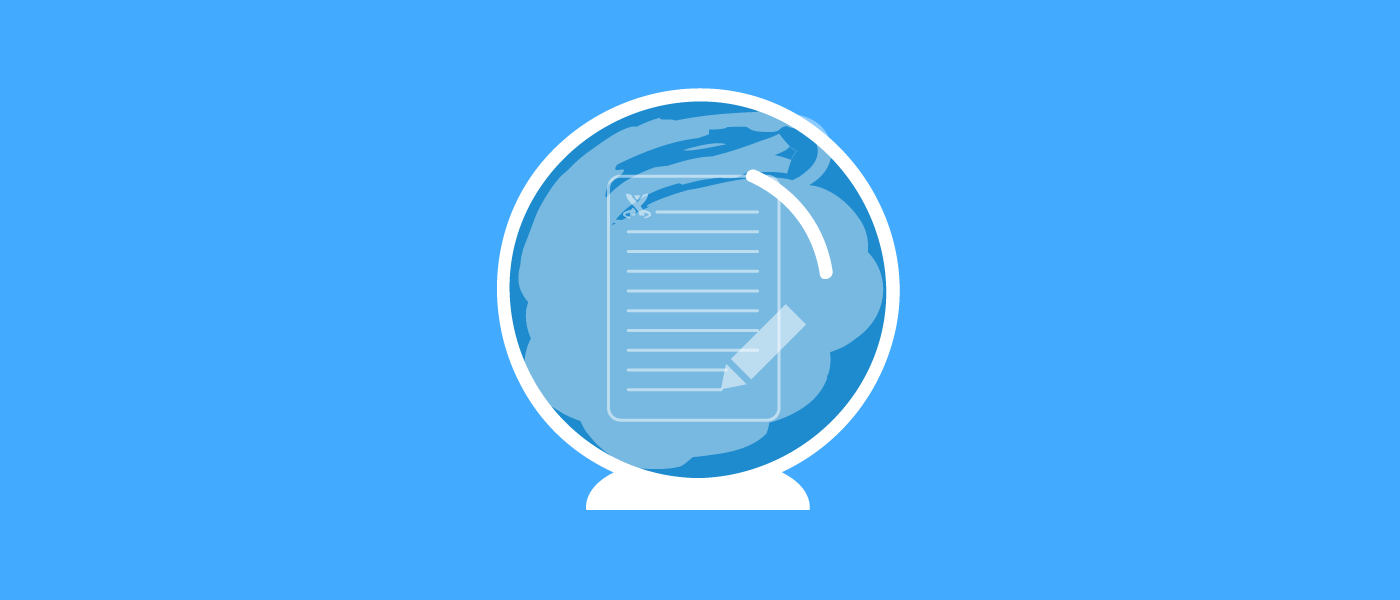The Millennial Future of TechComm
This post was written by guest author Martin Häberle – who, by teaching university students at the THM University of Applied Sciences how to use authoring systems, is helping to educate a new generation of technical writers.
Trying to discover what the future of working as a technical writer will look like is like staring into a hazy crystal ball: it's hard to know what the swirling fog really shows. But I think you can get a good idea if you have a look at the characteristics and philosophies of the people who are newly entering the profession.
As a teacher of graduate students studying to be technical writers, I get to see generation Y in action all the time. Perhaps my observations about their ideas and reactions to different editorial systems are an indicator of what is to come.
What makes Generation Y tick?
Members of Generation Y are also known as millennials, or those who are currently in their early twenties to late thirties (born around 1980-1995. They are 'digital natives', people who grew up with computers and the internet as normal parts of their lives. Generation Y are the children of 'baby boomers', who currently hold the vast majority of the most important positions in society and business.

The 'Y' is often read as the word 'why'. This is because for at least half of millennials, meaningful and motivating work is more important than status symbols, such as holding managerial positions or possessing a house, car, boat, etc. Their YOLO (you only live once) mentality means they strive for a healthy work-life balance and meaningful work. The idea of lifelong learning is a fundamental part of their mindset, and they learn from digitally accessible materials. After all, why learn something by heart if you can just google it?
Millennials are typically used to communicating with all colleagues as equals – they prefer flat organizational structures. Because countless possibilities are open to them, they sometimes lack the ability to make firm decisions, and don't always have a strong will to take responsibility for either themselves or others. These traits can make people of older generations view millennials as being demanding and easily frustrated.
But how do all of these characteristics and issues influence and shape the future of technical communication?
The first job – a reality check for Millennials
When young technical writers begin their careers, the work environment is often totally different to anything they have experienced before. For example, strict hierarchal structures can be in place in traditional businesses – or the fact that knowledge is rarely shared, and often used as a means of exerting power over others. These are completely contrary to how millennials want to work. They have great problems accepting and dealing with "silo mentality", and the mindset that processes shouldn't be changed because "that's how things have always been done."
To help reduce this initial shock (at least on the tool side of things) techcomm students learn how to use well-established editing tools during the course of their studies. At the THM University of Applied Sciences, the technical communication degree course first teaches how to work in a Word-based authoring environment, and then moves onto a typical component-based XML authoring system, with Adobe FrameMaker (a desktop publishing tool) used as the editor. Over time, students get used to the inner logic of these systems, which rarely forgive mistakes, and end up reflecting the mentality of many traditional editorial offices.
And then Atlassian Confluence comes along
My students are first introduced to Atlassian Confluence – a collaborative platform which we use as a web-based editorial system for technical documentation – in their third semester. And almost without fail, they are pleasantly surprised at how different this collaboration tool is in comparison to older, more traditional authoring systems.
Bring your own device
It starts by students not having to work at isolated, single-instance stations in order to be able to use Confluence. Instead, they can bring their own laptops and work on their preferred device. This is often the first thing that piques their interest (raised eyebrows are my proof). They only require a web-browser and a stable internet connection, no extra installation steps are necessary.
They can also choose to run Confluence on their own server (if available) or let Atlassian, the company that makes Confluence, host their installation. It quickly becomes obvious that millennials, living up to their digital native moniker, are more comfortable with Cloud services than preceding generations.
It's social
As soon as everyone has their account details, my students immediately start exploring Confluence's different functionalities on their own, quickly discovering its social functions. As soon as that happens a barrage of activity erupts: page sharing, liking, commenting, etc.
Before I even start explaining how to use the social functions of Confluence, they are already being used vigorously. While millennials clearly don't need to be taught how to use these functions, we do practice how they can be used most effectively for technical communication. This includes requesting feedback for technical documentation with @-mentions in comments.
Feedback wanted
Generation Y naturally questions long and cumbersome release processes. Quick feedback and short editing rounds, supported by Confluence's inline as well as page comments, are something millennials feel very comfortable with and might even prefer as opposed to linear feedback processes. People of this generation are inclined to frequently ask for feedback in order to produce better results in less time, and to learn from one another rather than keep information to themselves.
Work-life integration
Unlike their parents, millennials don't strictly separate their private life and work. The two are more intertwined. An attitude that they naturally apply to Confluence pages.
I never could have guessed how creatively my students would incorporate internet culture into their work – by adding thematically suited memes and animated GIFs to technical docs they not only inform but also entertain their readers, for example. I have seen that this general inclination results in more creativity, fun, and enjoyment at work, as well as more dedication outside of paid working hours.
The future of technical communication
Millennials are the technical writers of tomorrow (many of them are in fact already working now), but they have a completely different way of thinking compared to their senior colleagues. When millennials have the power to choose which editorial tool to use, or to change a process, they won't hesitate to question well-established workflows as well as the use of DTP tools as editors for recorded content or juggling XML source structures. And if my students' reactions to a collaborative solution like Confluence is any indicator of what is to come, then component-based content management systems look very old school indeed.
My students actually relax and feel comfortable as soon as they start working with Confluence, using its social functions to collaborate quickly and efficiently without any unnecessary limitations or formalities inhibiting their productivity and creativity. Perhaps this collaborative, unrestricted way of working is what we should imagine when we want to know what the future of technical documentation looks like.

.png)